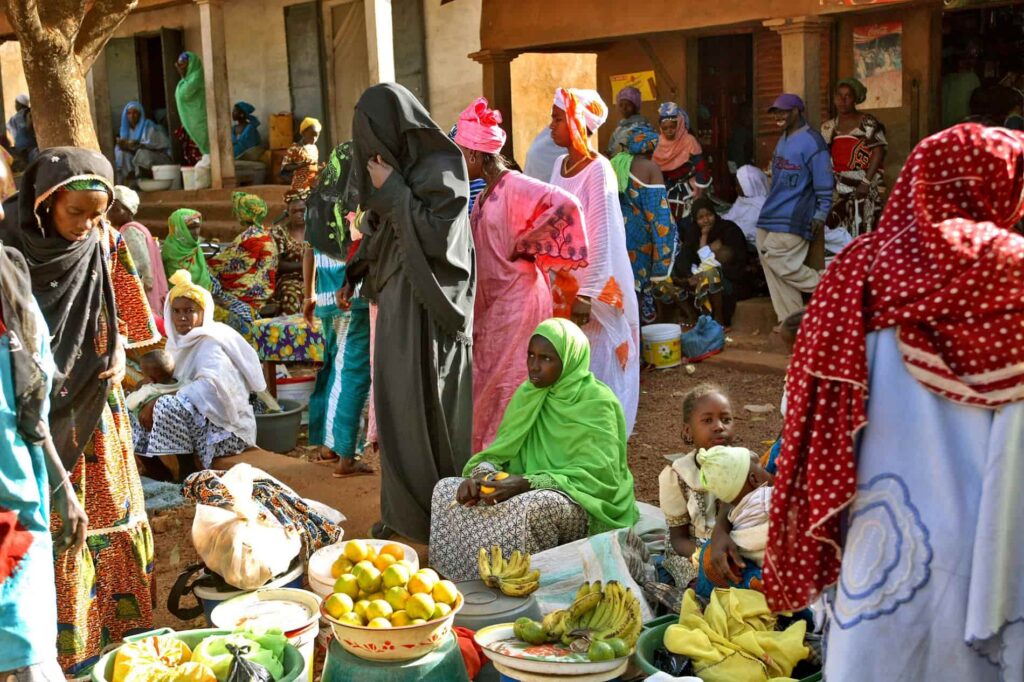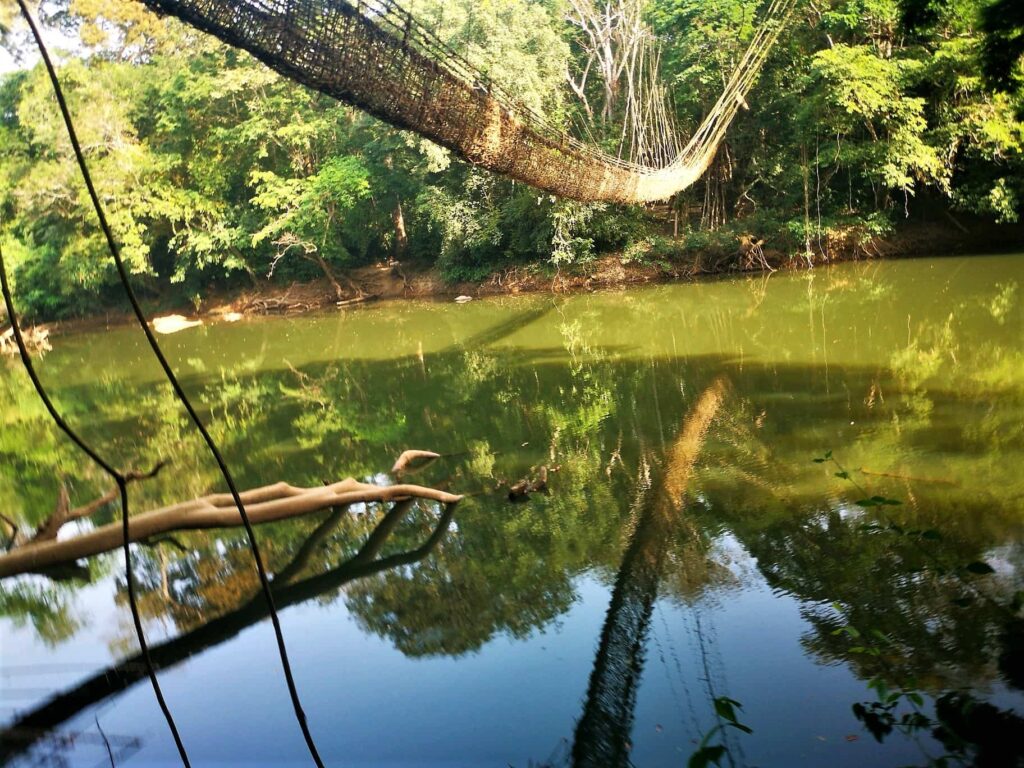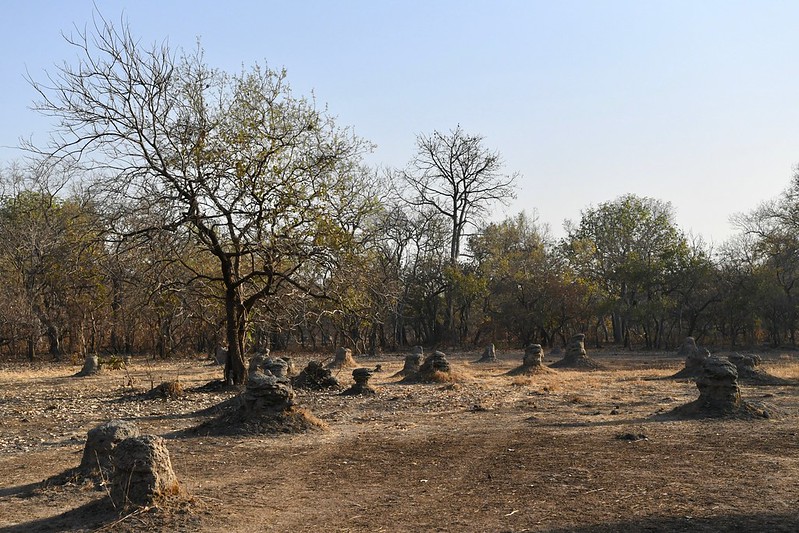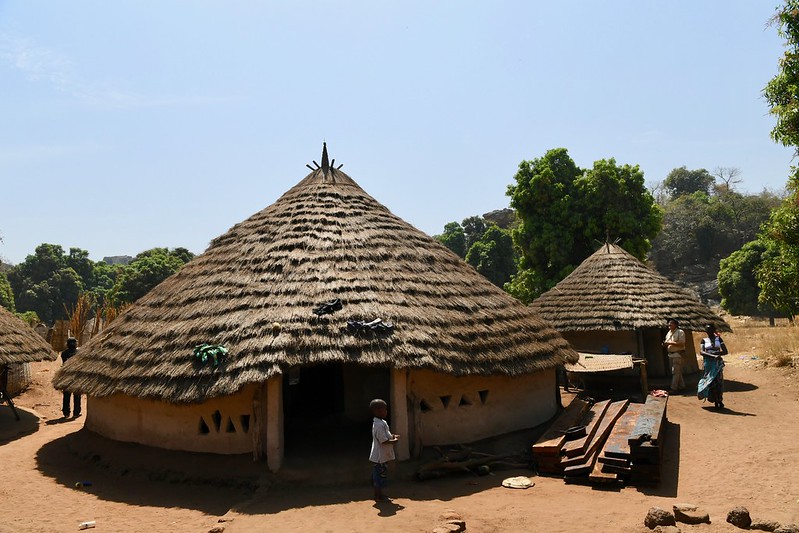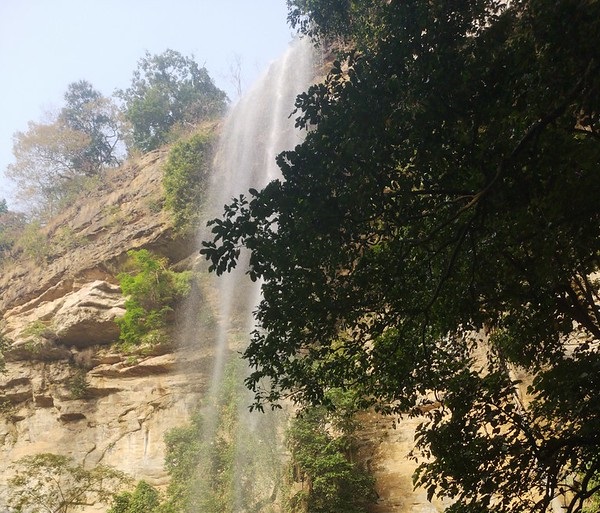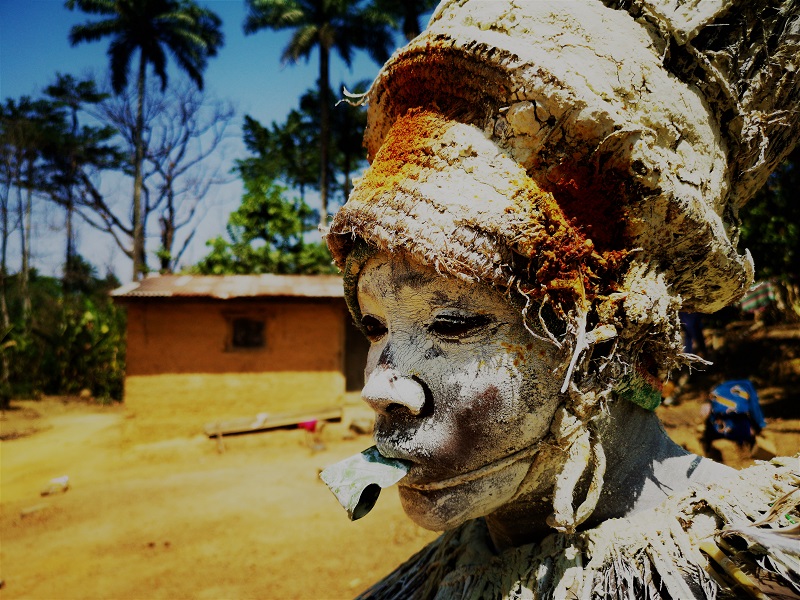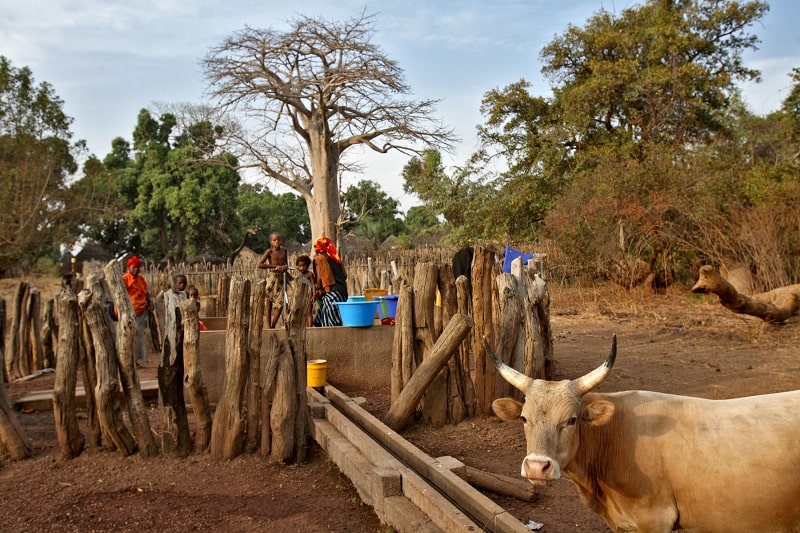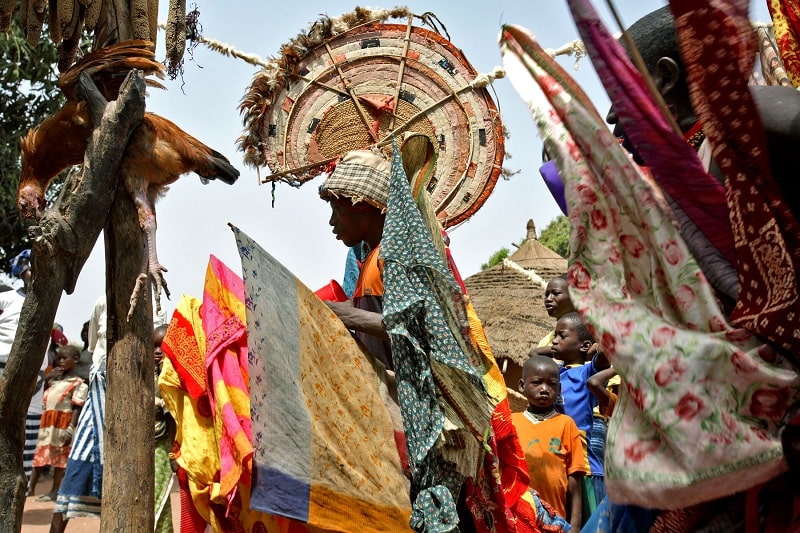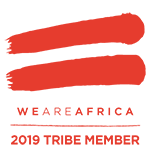REPUBLIC OF GUINEA
Area: 245.857 km2
Population: 12.527.440 (July 2020 est.)
Life expectancy: about 63 years
Capital: Conakry
Borders: with Guinea-Bissau and Senegal in the north, Mali in the north and north-east, Ivory Coast in the south-east, Liberia and Sierra Leone in the south, Atlantic Ocean in the west.
Ethnic groups: Fulani (Peuhl) 33.4%, Malinke 29.4%, Susu 21.2%, Guerze 7.8%, Kissi 6.2%, Toma 1.6% (2018 est.)
Religion: Muslim 89.1%, Christian 6.8%, animist 1.6% (2014 est.)
Languages: French (official), Pular, Maninka, Susu, other native languages
Vaccinations: Yellow fever, compulsory; Malaria prophylaxis, highly recommended.
Visa: visa is required; e-visa https://www.paf.gov.gn/visa/
TERRITORY, CLIMATE AND SEASONS
Guinea is made up of four geographical regions:
1. Lower Guinea includes the coast and the coastal plain. Between 30 and 50 miles (48 and 80 km) wide, the plain is wider in the south than in the north.
2. The plateaus of Fouta Djallon rise abruptly from the coastal plain in a series of sudden faults. Basically a huge block of sandstone, the Fouta Djallon is made up of flat plateaus interrupted by valleys. The highest point, Mount Tamgué, rises to 5,046 feet (1,538 meters) near the city of Mali in the north.
3. Upper Guinea is made up of the plains of Niger, which tend northeast towards the Sahara.
4. The forest region is a historically isolated hilly area in the southeastern corner of the country. Mount Nimba (1,752 meters), the highest mountain in the region, is located on the border of Guinea, Liberia and the Ivory Coast. The densely forested slopes of the mountain are part of the Mount Nimba Nature Reserve, which has significant portions in Guinea. The Guinean sector was declared a UNESCO World Heritage Site in 1981 and is home to a unique and diverse variety of flora and fauna.
Guinea’s climate is tropical with two alternating seasons: a dry season (November to March) and a rainy season (April to October).
On the coast, a six-month period of dry weather is followed by six months of rain.
In the forest region, only the months of December, January and February are relatively dry.
HISTORY
1891 Guinea becomes a French colony separated from Senegal.
1898 Defeat of the resistance to the French occupation led by Samory Toure, great-grandfather of the future president Ahmed Sekou Toure.
1906 Guinea joins the French West African Federation.
1952 Ahmed Sekou Toure becomes general secretary of the Democratic Party of Guinea.
1958 October – Guinea becomes independent, with Ahmed Sekou Toure as president.
1965 Sekou Toure breaks off relations with France after accusing them of plotting to overthrow him.
1984 March, Sekou Toure dies.
1984 April, Lansana Conte and Diarra Traore take power in a bloodless coup. Conte becomes president while Traore is appointed as prime minister.
1985 Attempted coup d’état organized by Traore following his downgrade to minister of education.
1990 The Constitution is adopted which opens the way for civil government.
1993 The first multi-party elections are held; Conte is confirmed in office.
2000 September, Alpha Conde, leader of the opposition Guinean People’s Party, sentenced to five years in prison for endangering state security and recruiting foreign mercenaries. He was pardoned in May 2001.
2003 December, President Conte wins a third term in elections boycotted by the opposition.
2005 July, Alpha Conde, leader of the main opposition party, returns from exile in France. It is welcomed by thousands of supporters.
2006 March, President Conte flies to Switzerland for medical treatment. The opposition parties are calling for the formation of an interim government.
2008 December, President Lansana Conte dies. The military takes power. Captain Moussa Dadis Camara emerges as head of the new military junta and declares himself president. The junta appoints former banker Kabine Komara as prime minister.
2009 August, the military leader, Captain Moussa Dadis Camara, says the presidential elections will be held on January 31, 2010 and the parliamentary elections in March. His supporters form a movement that urges him to stand for election.
2009 September, Soldiers open fire on a mass opposition demonstration in a Conakry stadium. The Guinean Organization for Human Rights says 157 have died in the violence and over 1200 injured. The military government estimates the death toll at 57 and bans all “subversive” gatherings.
2009 October, The European Union, the African Union and the United States of America impose sanctions.
2009 December, Captain Camara is shot in the head by a former aide.
2010 January, after receiving treatment in Morocco, Captain Camara travels to Burkina Faso to recover. Captain Camara agrees to stay abroad and leave his deputy Gen Sekouba Konate in office.
2010 June, Presidential elections. The first round produces no definitive winner.
2010 October, Clashes ahead of the presidential ballot.
2010 November, Alpha Conde is declared the winner of the presidential ballot.
2014 February, Ebola outbreak in southern Guinea. It spreads to neighboring Sierra Leone and Liberia, killing more than 600 people in mid-July.
2014 August, The World Health Organization says the spread of Ebola in West Africa is an international public health emergency and calls for a coordinated response.
2014 September, President Obama announces that 3,000 US troops are being sent to West Africa to build new health facilities and train health workers, as part of efforts to combat the Ebola outbreak.
The World Bank warns that the Ebola outbreak could have a catastrophic effect on the economies of Guinea, Liberia and Sierra Leone.
2015 February, after a brief lull in January, Guinea, along with Sierra Leone and Liberia, are reporting new cases of Ebola.
2015 October, President Conde wins a second term.
2016 January, the UN declares the whole of West Africa free of Ebola.
2018 February, first local elections since the end of military rule in 2005.

